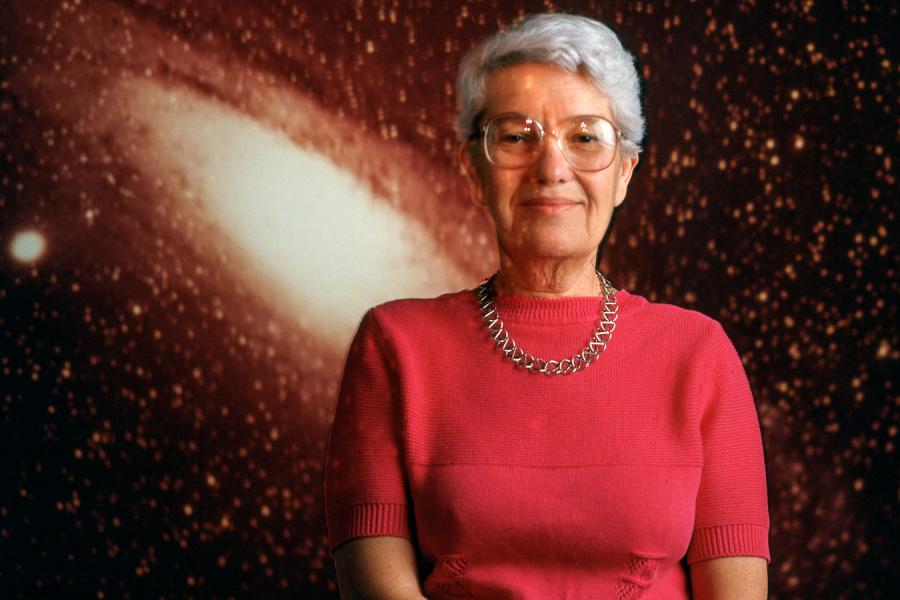
Alumna’s namesake observatory takes a deep dive into the cosmos
The facility, which honors astronomer Vera Cooper Rubin, MS ’51, has released its first images—and they’re mind-blowing
Read more Department Homepage
The College of Arts & Sciences
Department Homepage
The College of Arts & Sciences
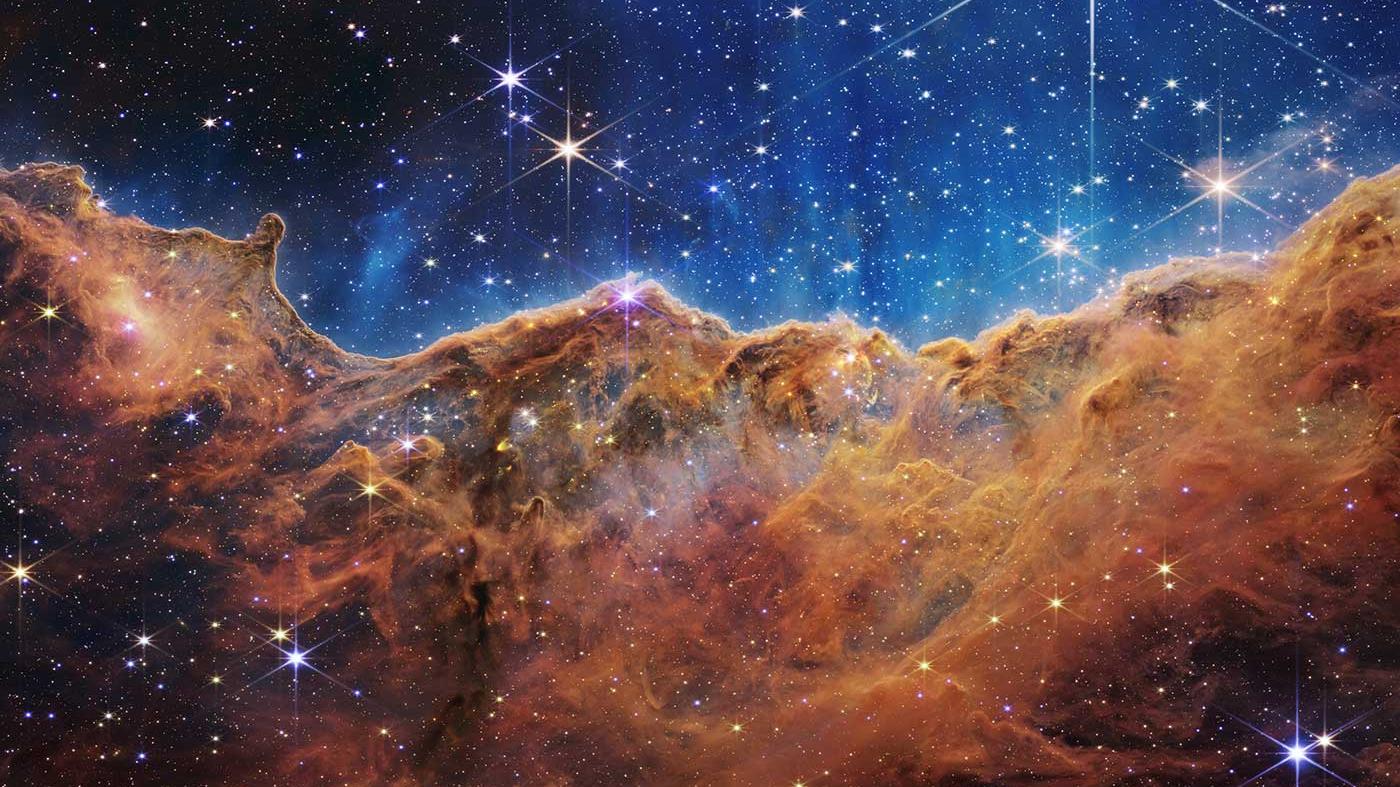

The facility, which honors astronomer Vera Cooper Rubin, MS ’51, has released its first images—and they’re mind-blowing
Read more.jpg)
The professorships are made possible because of gifts from alumni, parents and friends.
Read more

From designing a reversible male contraceptive to detecting life on distant ocean worlds, the latest Cornell Engineering SPROUT Awards are cultivating breakthroughs across medicine, space exploration, robotics and environmental sensing.
Read more
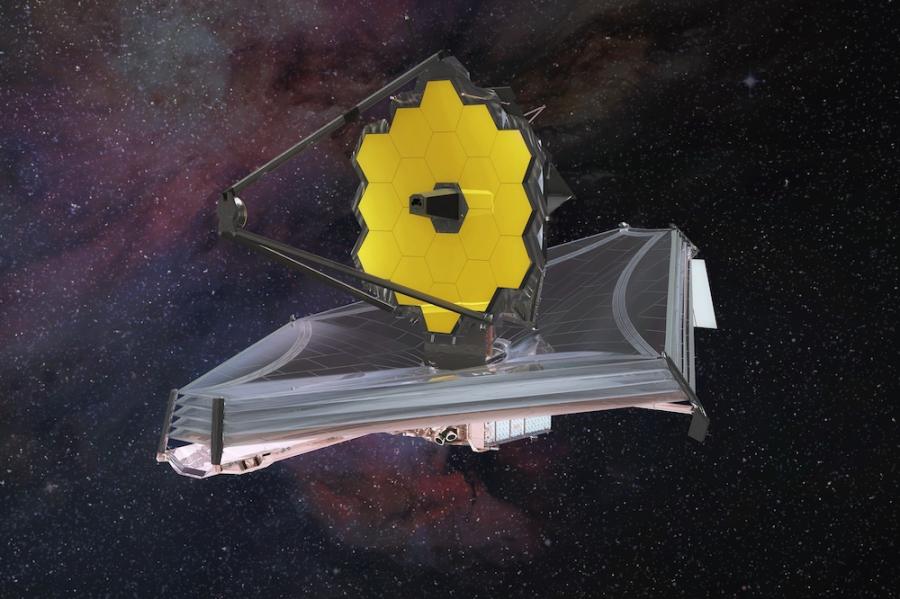
“It’s the cutting edge of what we can achieve, with better precisions and resolutions than other instruments.”
Read more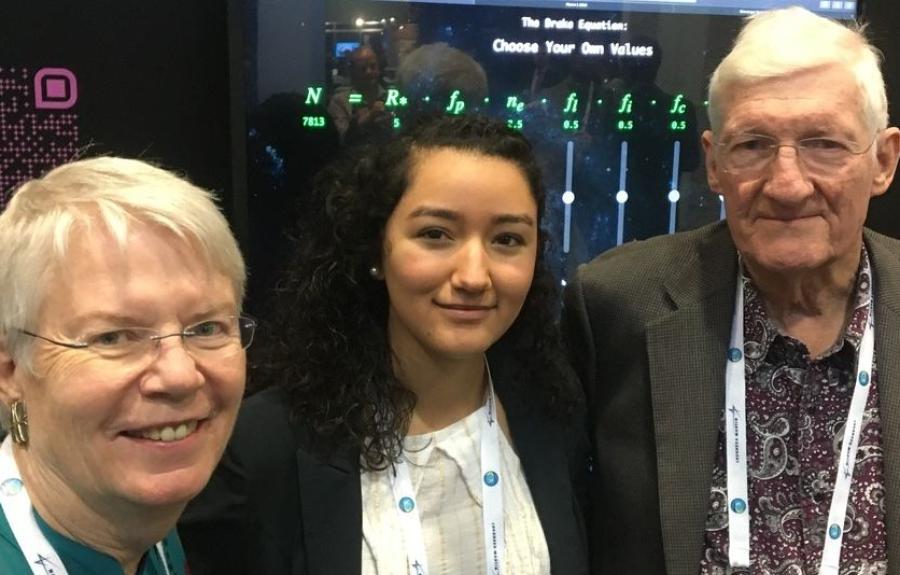
Dr. Karen I. Perez is the inaugural recipient of the William J. Welch Postdoctoral Fellowship at the SETI Institute.
Read more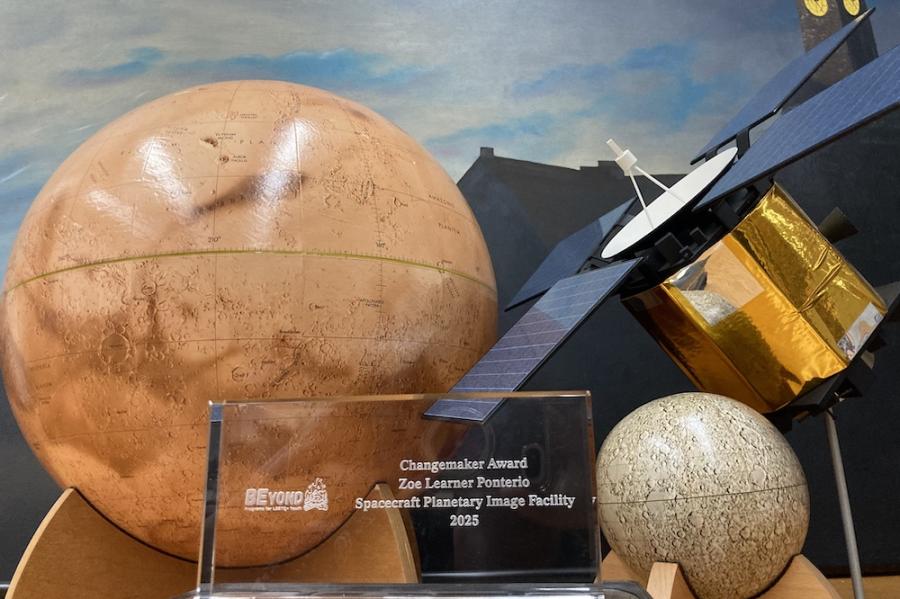
The Girl Scouts of NYPENN Pathways say Ponterio’s support “has been invaluable."
Read more
Laine Havens is majoring in astronomy and science & technology studies
Read more
Neal Jerome is an astronomy major.
Read moreTogether the Department of Astronomy and Cornell Center for Astrophysics and Planetary Science represent one of the world’s leading institutes for space science with over 110 active researchers. Research emphases include cosmology, solar system exploration, exoplanet science, and fundamental astrophysics. Graduate students, early career researchers and undergraduates, are actively engaged in current NASA missions, NSF consortia, and CCAT-Prime/FYST. The department and center also run an extensive and robust outreach program to the broader community.
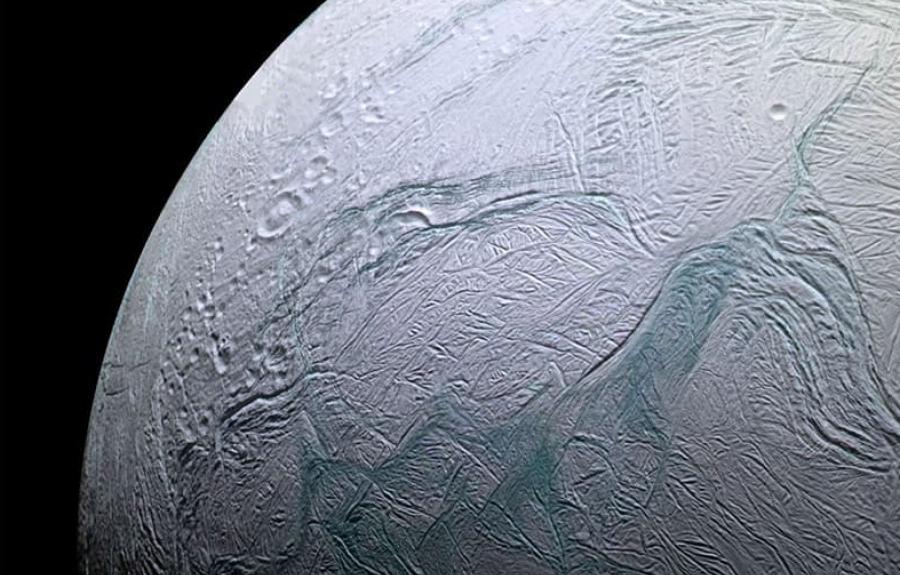
The Department of Astronomy is a leading center of astrophysics and planetary science research.
Visit CCAPS, the Cornell Center for Astrophysics and Planetary Science
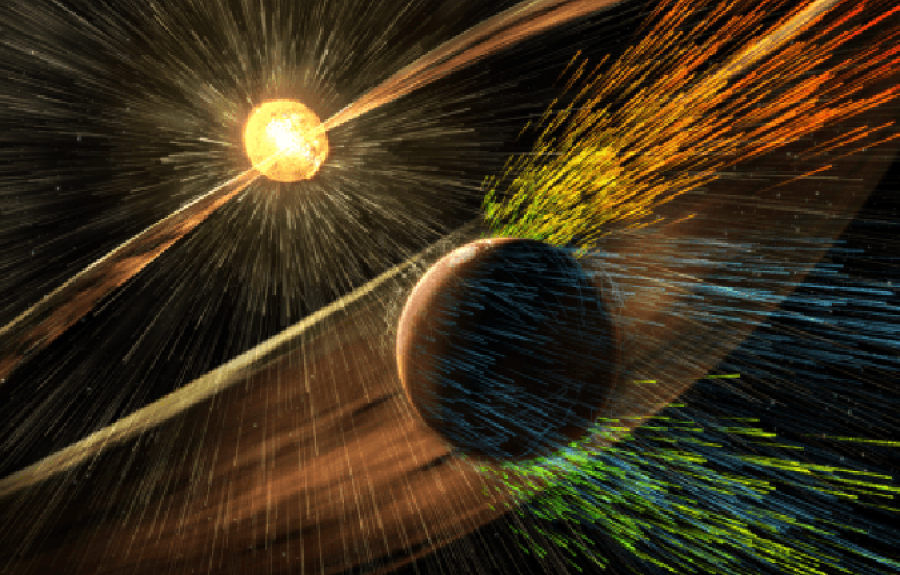
Universe Today reports "New research titled “Metal pollution in Sun-like stars from destruction of ultra-short-period planets” suggests that rocky planets are the source of these discrepancies. The authors are Christopher E. O’Connor and Dong Lai from Northwestern University and Cornell University, respectively." Read the full story here.
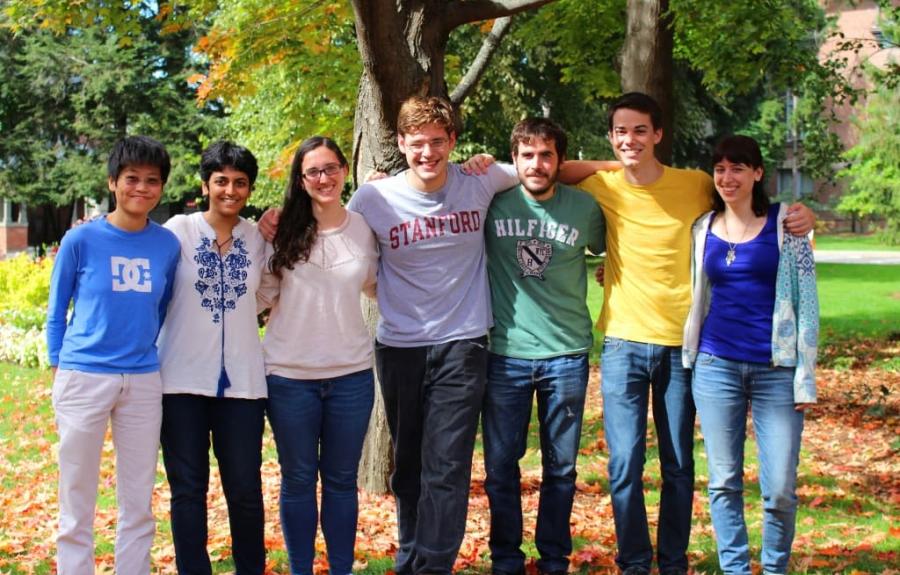
The Astronomy Major at Cornell University is designed to be flexible so that it can be customized to the needs of each student.
Learn about the undergraduate program
Astronomy offers a wide variety of world-class research opportunities in astronomy, astrophysics and space science, with strong multidisciplinary connections, and a friendly and supportive atmosphere.
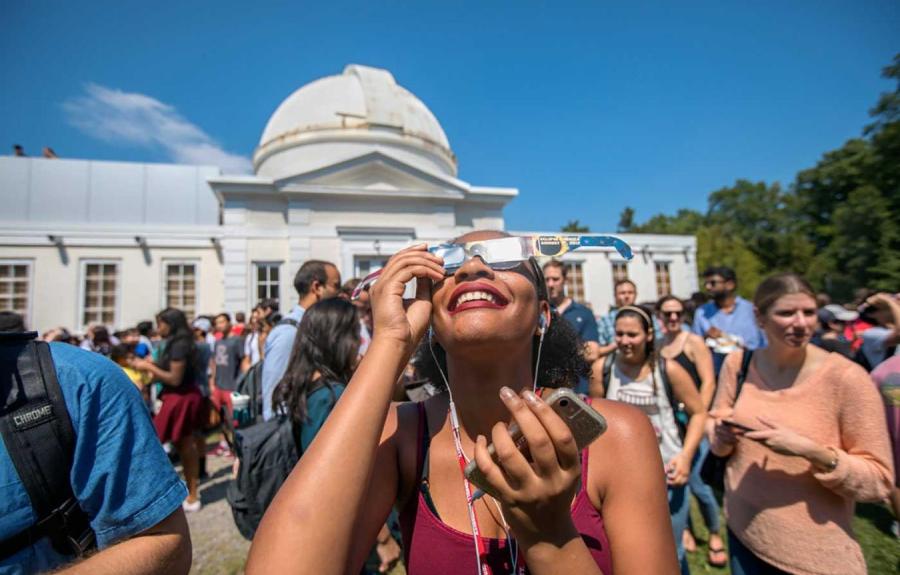
In the spirit of the renowned Cornell Professor Carl Sagan, the Department of Astronomy reaches beyond campus in numerous ways. The Spacecraft Planetary Image Facility (SPIF) is a repository of spacecraft data, a facilitator of research, and a hub for PreK-12 education and public outreach activities. Ask an Astronomer has been answering questions from the curious since 1997. The Cornell Astronomical Society conducts viewing nights at the Fuertes Observatory and offers educational programing to the public.